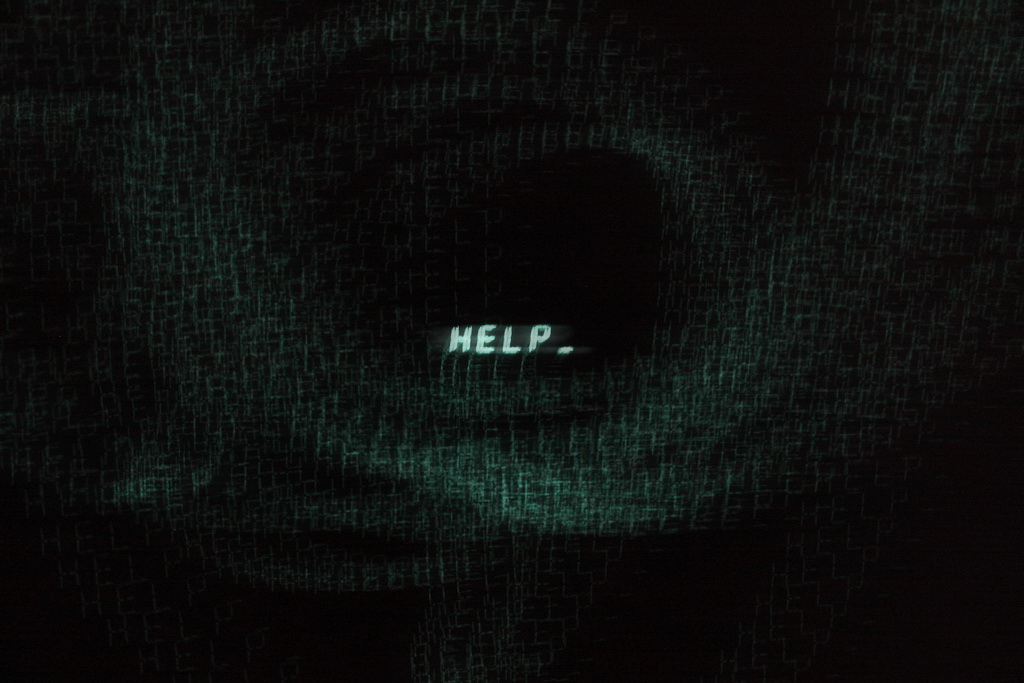Weekly Science Picks

Have you ever thought how our world would appear if there would be an artificial intelligence to guide us? A quite futuristic statement, isn’t it? Well, not really! That sort of intelligence is becoming our reality. It this week’s editor selection we will talk more about that phenomenon and cover much more. Sure you will appreciate this weekly review. Let’s start.
How online ‘chatbots’ are already tricking you
Sometimes it’s the promise of sex that fools you. Sometimes it’s because they seem wise, friendly or just funny. The bots don’t really care how they trick you – their only objective is to make you think they’re human. In fact, if you use social media or spend any time online, it’s quite possible you’ve already been a victim.
Don’t believe the science hype – we haven’t created true AI yet
So has some AI milestone been reached? Is Eugene Goostman the best conversation program ever created? Turing argued in 1950 that if a computer could be substituted into the old guessing game of “Am I getting notes from a man or a woman?” and no one noticed, then we should just admit computers could think and stop worrying. But Turing was not proposing a test of any sort, and in his setup, the question “Is this a machine or a person?” is never asked, because one thinks one is answering a question about sex. Once you pose the human-or-machine question directly, things start to get very odd.
Busting the megalodon myth: did a 3m shark get eaten by an even bigger shark?
So, what can we make of the mysterious discovery of a CSIRO shark tag washed up on a beach that had some fairly typical data recorded on it? Some are incorrectly interpreting the data and speculating that this is evidence of the existence of a megalodon, an ancient extinct species of shark that lived millions of year ago. The megalodon was huge, around 15-24 metres in length… eek. White sharks grow up to 6 m in length.
Mining data archives yields haul of ‘red nuggets’ galaxies
The world of astronomy has changed. An astronomer used to have to travel to a remote location and endure long, cold nights, patiently guiding a telescope to collect precious photons of light. Now, a proliferation of online archives allows astronomers to make discoveries from the comfort of their own offices. By mining such archives, a team of astronomers has found a treasure trove of ‘red nugget’ galaxies.
That would be everything for this weekly editor’s choice. Please stay thirsty and scientifically passionate! We are coming with new stories.
 Follow
Follow